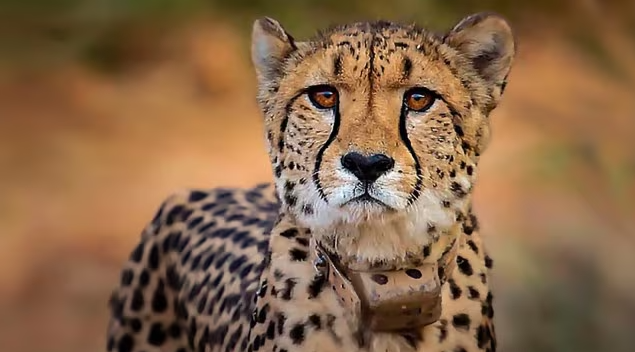India-Kenya Collaboration: Reviving the Cheetah in Indian Wildlife Sanctuaries (GS Paper 3, Environment)

Introduction
- India's ambitious Project Cheetah, aimed at reintroducing cheetahs to the country after their local extinction in 1952, is set to enter its next phase with a potential collaboration with Kenya.
- This article explores the forthcoming discussions between India and Kenya regarding the sourcing of cheetahs for the Gandhi Sagar wildlife sanctuary in Madhya Pradesh, shedding light on the significance of this initiative in the context of wildlife conservation.
India's Interest in Cheetah Sourcing from Kenya
- India has expressed keen interest in acquiring cheetahs from Kenya for the next stage of Project Cheetah.
- A delegation from Kenya is scheduled to visit India to deliberate on the translocation process, including the number of cheetahs that Kenya may be willing to provide.
- With the Gandhi Sagar wildlife sanctuary identified as the designated location for this phase of the project, India aims to introduce 8 to 14 cheetahs annually over five years, contingent upon availability.
Project Cheetah: A Conservation Milestone
- Project Cheetah, initiated by the Government of India, is a pioneering conservation effort aimed at restoring the cheetah population in the country.
- Building on the translocation of eight African cheetahs from Namibia to Kuno National Park in Madhya Pradesh in 2022, the project seeks to establish a sustainable cheetah population, re-establish their historical range, and enhance biodiversity in Indian ecosystems.
- Intensive monitoring, habitat management, and community engagement are integral to the project's success.
Assessment of Gandhi Sagar Sanctuary
- As part of the upcoming visit, the Kenyan delegation will assess the preparations made by the Madhya Pradesh forest department at the Gandhi Sagar wildlife sanctuary.
- This evaluation underscores the importance of ensuring suitable habitat and infrastructure for the successful reintroduction and conservation of cheetahs in their new environment.
Gandhi Sagar Wildlife Sanctuary: A Haven for Biodiversity
- The Gandhi Sagar wildlife sanctuary, nestled in the northern boundary of the Mandsaur and Nimach districts in Madhya Pradesh, serves as an ideal habitat for diverse flora and fauna.
- Established in 1974 and spanning 368.62 square kilometers, the sanctuary is home to a plethora of animal species, including leopards, chital, sambar, nilgai, and sloth bears, making it a sanctuary of significant ecological importance.
Understanding the Cheetah: Characteristics and Ecological Role
- Acinonyx jubatus, commonly known as the cheetah, is a remarkable feline species renowned for its speed and agility.
- As top predators, cheetahs play a crucial role in maintaining ecological balance by regulating prey populations.
- Their unique adaptations, such as non-retractable claws and high-speed chases, underscore their evolutionary prowess and ecological significance.
Conclusion
- The collaboration between India and Kenya to reintroduce cheetahs into Indian wildlife sanctuaries represents a landmark effort in wildlife conservation.
- Through Project Cheetah, India aims to not only revive a charismatic species but also to foster international cooperation in biodiversity conservation.
- As discussions unfold and preparations progress, the prospect of witnessing cheetahs roaming once again in Indian landscapes evokes hope for a brighter future for both the species and the ecosystems they inhabit.


